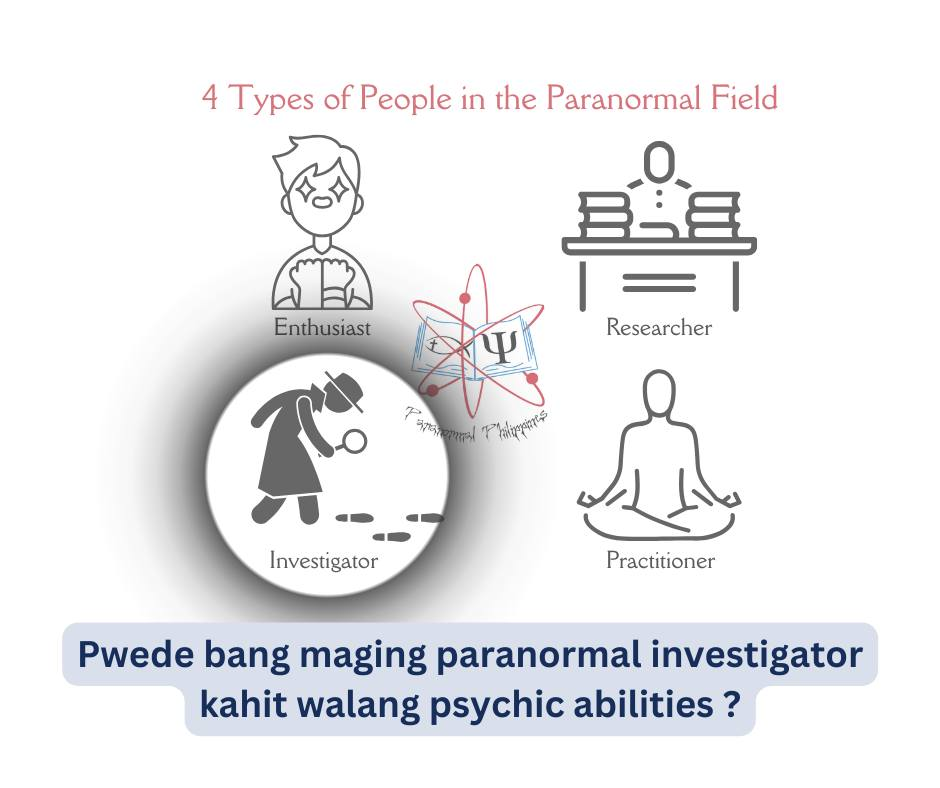Three-Stage Fieldwork Guide for Paranormal Investigations
 🏠 |
🧭 |
🏠 |
🧭 |
This process (adapted from the book Ghosted: Exploring the Haunting Reality of Paranormal Encounters) ensures investigations are thorough, systematic, and credible. Each stage builds on the previous one.
Stage 1: Case Documentation (Background Research)
Objectives Build a complete profile of the location, witnesses, and reported phenomena. Gather background info and context.
Checklist:
-
Site details – Age, structure, layout, environment (temperature, airflow, light sources, acoustics).
-
Historical background – Past uses, significant events (deaths, tragedies, folklore, rituals).
-
Witness interviews –
-
Document psychological state, belief system, recent stresses or traumas.
-
Note prior paranormal beliefs or experiences.
-
-
Anomaly records –
-
Catalog all reported phenomena (e.g., apparitions, sounds, objects moving).
-
Note subjective reports (personal perceptions, feelings) separately from objective reports (events observed by multiple witnesses or measured by instruments).
-
-
Baseline environment – Measure and log normal EMF, temperature, sound, and light levels before investigations.
⚡ Tip: Treat every witness account seriously but critically—record without judgment, but analyze later.
Stage 2: Exploratory Inspection (Observation and Documentation)
Objectives: Conduct structured site surveys to document anomalies under controlled conditions. Carefully witness and record phenomena in real time.
Checklist:
-
Walkthrough plan – Divide location into zones. Inspect one zone at a time, logging conditions.
-
Team controls –
-
Limit team size.
-
Control light/noise sources.
-
Track who is where at all times.
-
-
Observation tools –
-
Cameras (video & still).
-
Audio recorders.
-
EMF meters, thermometers, motion detectors.
-
Written logs.
-
-
Observation method –
-
Record subjective impressions separately from objective instrument readings.
-
Avoid leading questions or suggestions.
-
Note exact times and conditions for each observation.
-
-
Environmental checks – Draft diagrams of the location, mark areas with unusual sensations or anomalies.
⚡ Tip: Always assume anomalies may have natural causes—draft explanations before calling anything “paranormal.”
Stage 3: Hypothesis Testing (Experiment and Analysis)
Objectives: Test suspected causes or correlations of reported anomalies. Active testing and analysis.
Checklist:
-
Identify hypotheses – Examples:
-
“Apparitions appear when mirrors reflect outside light.”
-
“Voices are linked to plumbing or ventilation.”
-
“Cold spots are linked to drafts.”
-
-
Design test conditions –
-
Replicate reported conditions (same time of day, same people present).
-
Control environmental factors one by one (block sound, adjust lighting, seal drafts).
-
-
Run controlled trials – Repeat tests multiple times to confirm or rule out correlations.
-
Log results – Note whether anomalies continue under altered conditions.
-
Conclude – Categorize each anomaly:
-
Explained (natural)
-
Inconclusive (further study required)
-
Unexplained (potentially paranormal)
-
⚡ Tip: Even unexplained anomalies should be described in neutral terms (“unaccounted light anomaly”) rather than sensational ones (“definite ghost orb”).
Quick Summary
-
Stage 1: Gather the story (document site, people, and reports).
-
Stage 2: Observe in a structured manner (controlled inspections).
-
Stage 3: Test the claims (scientific approach).
By following this method, investigators produce work that can stand up to both skeptics and believers—bridging the gap between storytelling and science.
- C.E.



Comments
Post a Comment